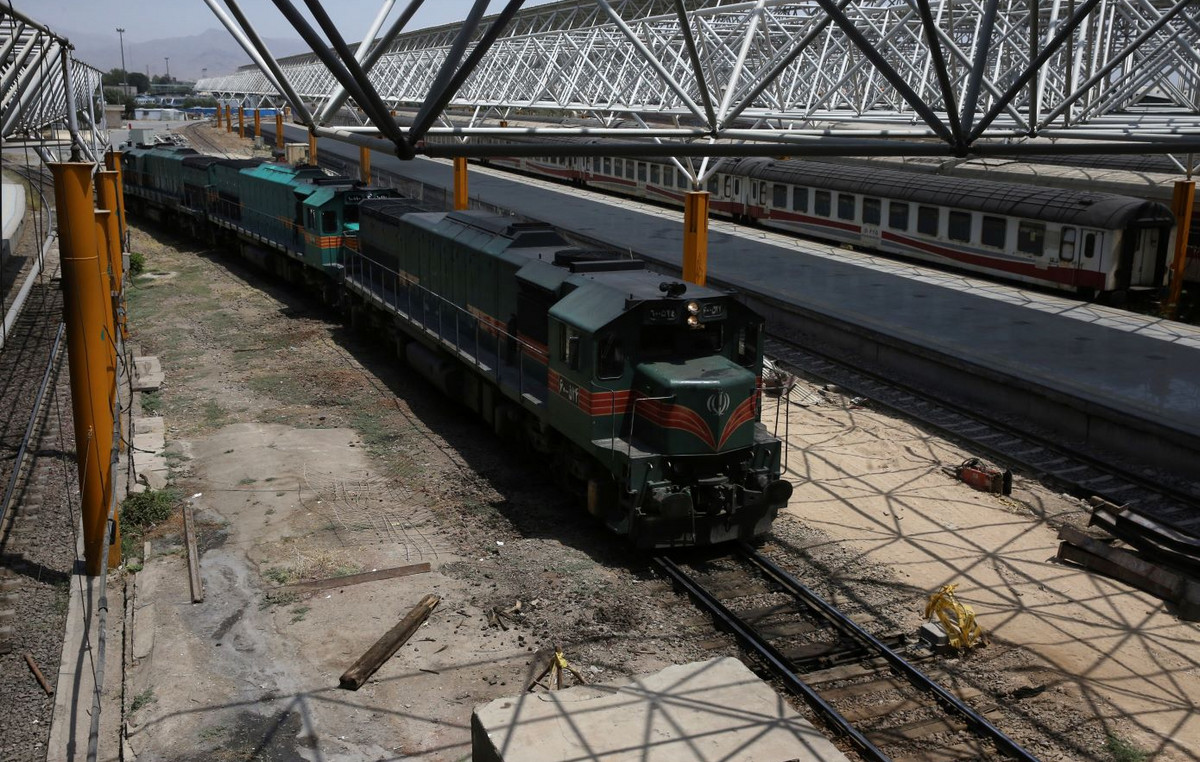After causing the emptying of a 130-kilometer stretch of the Xingu to fill its reservoir, the hydroelectric Belo Monte now intends to erect gigantic walls inside the river bed, in Pará. The idea is to form a cascade of artificial lakes below the plant and thus increase the volume of water diverted by its dams.
Estadão had access to a project that the concessionaire Norte Energia, owner of Belo Monte, sent to the Brazilian Institute of the Environment (Ibama), as a way to minimize the critical situation that the plant has imposed on the watercourse since 2015, when it closed its reservoir in the stretch known as Volta Grande do Xingu.
The project foresees the construction of at least seven “sills”, in structures that would be up to 1.5 km long. Similar in shape to a “pyramid”, these dykes would have a base at the bottom of the river up to 83 meters wide and would come out of the water, reaching six meters wide at its end. Most of the time, these dykes would be exposed, forming a kind of labyrinth in the Xingu.
Constructions
Given the size of the sills, the estimate is that the construction of just one of the walls should take about seven months, removing millions of tons of stones and sediments for the area.
Ibama analyzed the idea in March last year and pointed out a series of negative consequences of the project, such as the difficulty of navigating in certain areas, in addition to the “visual impact” of the structures.
“Although Norte Energia has a different understanding, it is believed that there will be impacts on some navigation routes, especially secondary routes”, pointed out the technical opinion of the environmental analysts. Despite the technical recommendation that the work “not be authorized”, Ibama’s board decided to move forward with the process at the end of last year.
When questioned, Ibama informed, still in December, that “it did not reject the technical proposal, but it understands that, in order to evaluate any project, it is necessary to present well-founded environmental studies”. Norte Energia declared that it has complied with Ibama’s requests.
The drama of the lack of water in Volta Grande do Xingu, which became a problem in 2015, when Norte Energia closed the plant’s main dam, has always been the subject of studies and warnings that precede the conception of Belo Monte and its process of licensing.
The Belo Monte plant, which cost BRL 44 billion, has a total power of 11,233 megawatts (MW), but its average generation in the year reaches 4,571 MW, due to fluctuations in the water level of the Xingu.
Proposal underwent review, says Norte Energia
The concessionaire Norte Energia stated that, since the technical opinion that pointed out negative impacts of the project for the walls in the Xingu, the proposal has advanced in Ibama and has undergone revisions. According to the concessionaire, “the thresholds are physical mitigation measures foreseen in the context of the environmental licensing”.
The objective of the project, according to the company, “is to expand the flood area of stretches of alluvial forests and pioneer formations that are fundamental for the reproduction and feeding of fish, turtles and the entire ecological chain of Volta Grande do Xingu”.
The company stated that, despite the environmental agents’ notes, “navigation will not be interrupted, as one of the basic premises for the implementation of the thresholds is not to affect the permanent navigation routes – that is, routes that last all year round, regardless of the hydrological period of the Xingu River”.
The concessionaire also declared that the signs that will be installed “will meet the criteria of the legislation and will be close to the thresholds”, indicating the safe navigation routes.
The information is from the newspaper O Estado de S. Paulo.
Source: CNN Brasil
I’m James Harper, a highly experienced and accomplished news writer for World Stock Market. I have been writing in the Politics section of the website for over five years, providing readers with up-to-date and insightful information about current events in politics. My work is widely read and respected by many industry professionals as well as laymen.







